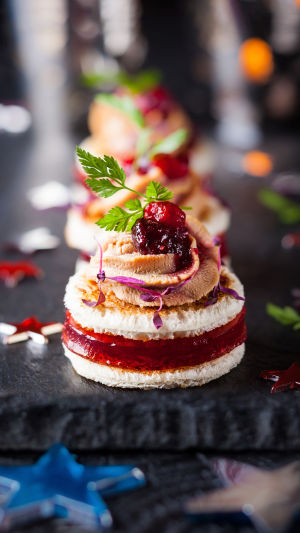Cake, a beloved dessert, plays a crucial role in almost all celebrations.
Its rich history is a tapestry of little-known stories, showcasing its evolution from humble beginnings to the intricate and varied cakes we enjoy today.
<h3>The Origins of Cake</h3>
The term "cake" is derived from the Norse word "kaka," reflecting its Viking roots. The earliest cakes were quite different from the sweet, decorated confections we know today.
The first cakes, which were more akin to bread, were crafted by the ancient Egyptians. These early cakes were essentially bread sweetened with honey.
However, some sources suggest that the ancient Babylonians might have been instrumental in teaching the Egyptians the art of baking. Artistic depictions from around 1175 BC, particularly in the court of Ramses III, illustrate baking rooms where cakes and bread were made.
These ancient cakes were likely rudimentary compared to modern standards. Still, they represent the early stages of what would become a rich tradition of baking.
The Greeks and Romans contributed significantly to the evolution of cake. The Greeks created early cheesecake forms, utilizing a mixture of cheese and honey. At the same time, the Romans developed fruit cakes, incorporating raisins, nuts, and other fruits.
By the mid-17th century, baking technology had advanced considerably in Europe, and the availability of ingredients increased. This period marked a significant transformation in cake-making, leading to the round, iced cakes that started to become popular.
Icing was made from sugar, egg whites, and various flavorings at that time. These cakes often contained dried fruits like raisins and citrons. Despite these advancements, cakes remained a luxury item due to the high cost of sweet ingredients such as sugar and chocolate.
<h3>The Tradition of Round Cakes</h3>
While cakes can technically be baked in any shape, round cakes have become a traditional choice. There are practical and symbolic reasons for this preference.
Originally, cakes were shaped by hand, and as they baked, they naturally expanded into a round form. In modern baking, cake rings and pans ensure a consistent round shape, but the tradition persists.
A more symbolic explanation for cakes' round shape is rooted in ancient beliefs. In earlier times, cakes were often used in rituals and offerings.
The round shape of the cake was thought to symbolize the cyclical nature of life and the celestial bodies—the sun and the moon. This connection to the divine might have influenced the continued preference for round cakes in various cultures and traditions.
<h3>The Evolution of the Birthday Cake</h3>
The tradition of celebrating birthdays with cakes is particularly intriguing. In ancient Greece, cakes were used to honor deities, particularly the goddess Artemis.
To celebrate her birth, people baked round cakes representing the moon, adorned with candles to mimic the moon's glow. This practice laid the groundwork for the modern birthday cake tradition.
By the 13th century, a new custom emerged in Germany: birthday cakes with candles. These candles symbolized the light of life and the continuation of age. Initially, candles were burned throughout the day and replaced if extinguished.
Before the cake was consumed, the candles were blown out, and the birthday person would make a wish. The belief was that the smoke carried the wish to the heavens, a tradition that continues today. To this day, people make secret wishes before blowing out birthday candles, hoping their desires will come true.
<h3>The Modern Cake</h3>
The evolution of cake has continued into the modern era, with endless variations and innovations. Today's cakes are not just about taste but also about artistry and personalization. From elaborate wedding cakes to simple yet elegant birthday cakes, the possibilities are as diverse as the cultures that celebrate with them.
Modern baking technology has introduced numerous tools and techniques, allowing bakers to create cakes with intricate designs and flavors.
The introduction of new ingredients and flavorings has further expanded the range of cakes available, making them accessible to a broader audience. Cakes are no longer just a luxury but a common feature at celebrations, thanks to advancements in baking and the availability of ingredients.
Whether enjoyed as part of a festive occasion or as a daily treat, cakes have earned their place in our lives as symbols of joy, creativity, and tradition.
As we continue to explore new flavors and techniques, the story of cake will undoubtedly keep evolving, offering sweet experiences and cherished memories for generations to come.





